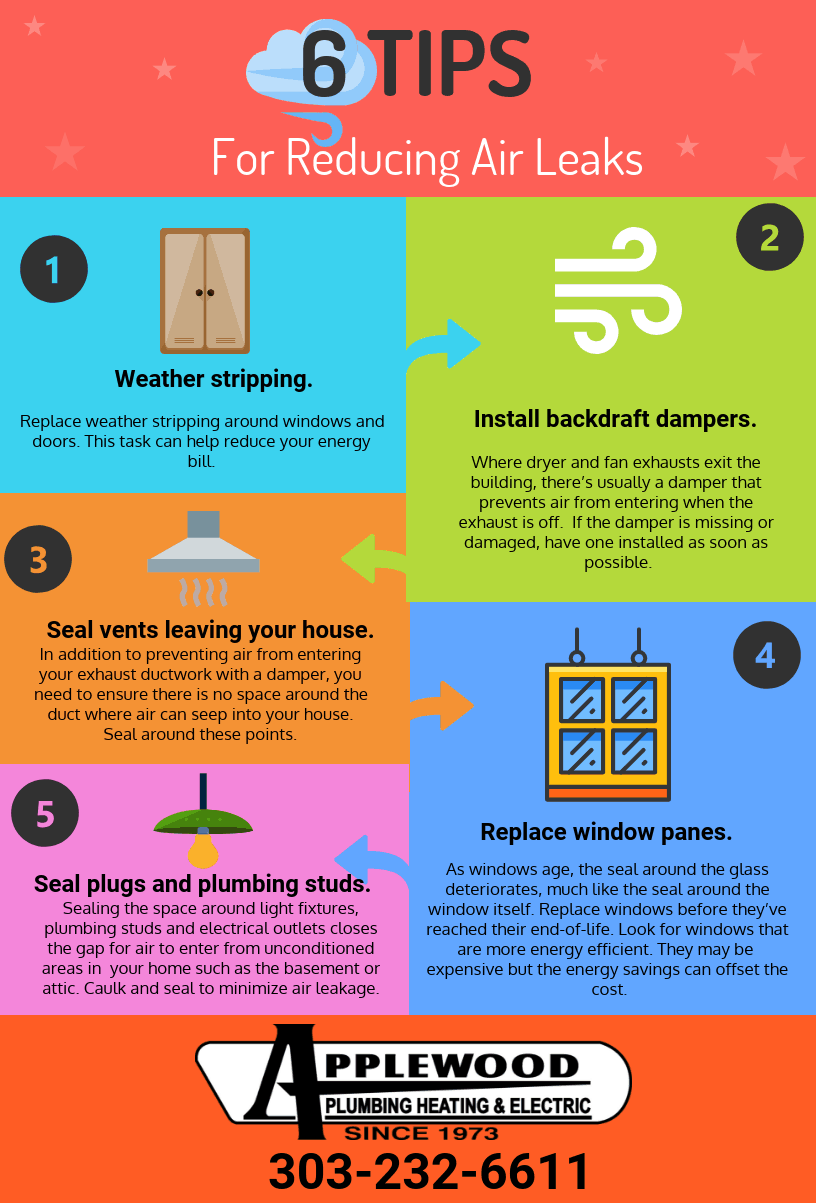Master The Key Stress Washing Approaches Matched For Various Surface Types To Realize Impressive Outcomes-- Discover The Techniques That Cause A Remarkable Surface
Master The Key Stress Washing Approaches Matched For Various Surface Types To Realize Impressive Outcomes-- Discover The Techniques That Cause A Remarkable Surface
Blog Article
Post Produced By-Sahl Hodges
When it pertains to press cleaning, the strategy you pick can make all the difference in accomplishing a clean, streak-free coating. You could find that hard surface areas, like concrete, need a different technique than softer materials, such as timber or plastic. It's important to adapt your approaches to the surface area kind to prevent damages while making the most of cleansing efficiency. So, what are the best techniques for each surface area, and how can you ensure you're using the best settings and devices for the task? Allow's discover what you require to understand to get the best outcomes.
Difficult Surfaces
When it comes to pressure cleaning hard surfaces, preparation is vital. Before you even think of pulling out the pressure washing machine, take the time to remove the area of any kind of debris, furniture, or obstacles. You do not desire anything getting in your way or potentially damaging your tools.
Next, inspect the surface area for any kind of fractures or damage; this will aid you establish the best technique and stress settings.
Once you have actually prepared the location, it's necessary to choose the ideal nozzle. For difficult surface areas like concrete or brick, a narrow nozzle (15 or 25 levels) works best to provide a focused stream of water that can successfully eliminate crud and stains. Always begin at a distance and progressively move closer to avoid any type of surface damage.
As you begin washing, keep the wand moving to avoid streaks and over-saturation. It's likewise practical to work from the top down, permitting dust and debris to wash away normally.
Ultimately, keep in mind to wash the surface area completely after cleaning up to remove any remaining cleaning agent. With these techniques, you'll accomplish a clean and refreshed appearance on all your tough surface areas.
Soft Surfaces
Pressure washing soft surfaces calls for a gentler strategy to safeguard them from damage. Whether you're cleaning your deck, patio area furniture, or home siding, using way too much pressure can result in dents, scrapes, and even irreversible injury.
Begin by selecting https://www.harlemworldmagazine.com/8-useful-spring-cleaning-tips-busy-mom-can-use/ -pressure nozzle, preferably a 25-degree or broader spray pattern, to distribute the water much more delicately.
Before you start, it's vital to pre-treat any discolorations with an ideal cleansing remedy. This action allows the cleaner to pass through the dust and crud, making it less complicated to remove without rubbing as well hard.
Constantly apply the remedy from all-time low as much as protect against spotting.
When you start stress cleaning, keep a range of a minimum of 12 to 18 inches from the surface area. Relocate commercial window cleaning services in a sweeping activity, keeping it parallel to the surface to stay clear of focused pressure on one spot.
Rinse the area thoroughly after cleansing to get rid of any kind of residual cleaner.
Lastly, inspect the surface for any kind of missed places and repeat the procedure if necessary. By adhering to these steps, you can efficiently tidy soft surfaces while protecting their integrity and appearance.
Specialized Surfaces
Cleaning up soft surfaces requires treatment, yet specialized surface areas require a lot more focus to information. When you tackle these surface areas, like fragile timber, stained concrete, or particular sorts of siding, using the best stress washing strategies is important to prevent damage.
First, examine the material. For example, dealt with wood can usually withstand modest pressure, however softer woods like cedar might call for a lower setting. Constantly start with the most affordable pressure and gradually raise if necessary.
For tarnished concrete, make use of a follower spray nozzle and keep a consistent distance to avoid etching the surface area.
When dealing with surface areas like vinyl exterior siding or repainted surfaces, a broad spray pattern helps distribute the stress uniformly, safeguarding the finish.
It's also important to utilize cleaning agents especially made for specialty surface areas. They can boost cleansing without endangering the product.
Wash thoroughly after washing to get rid of any deposit, as it can result in staining or deterioration over time.
Final thought
Finally, understanding pressure washing strategies for various surfaces can make all the distinction in your cleansing outcomes. For tough surfaces, adhere to narrow nozzles and a top-to-bottom strategy, while soft surface areas need a gentler touch with broader nozzles. Do not forget to pre-treat discolorations and rinse extensively to prevent deposit. By adjusting your techniques to each product, you'll not just attain a cleaner coating but also safeguard the integrity of your surface areas. Satisfied cleaning!
